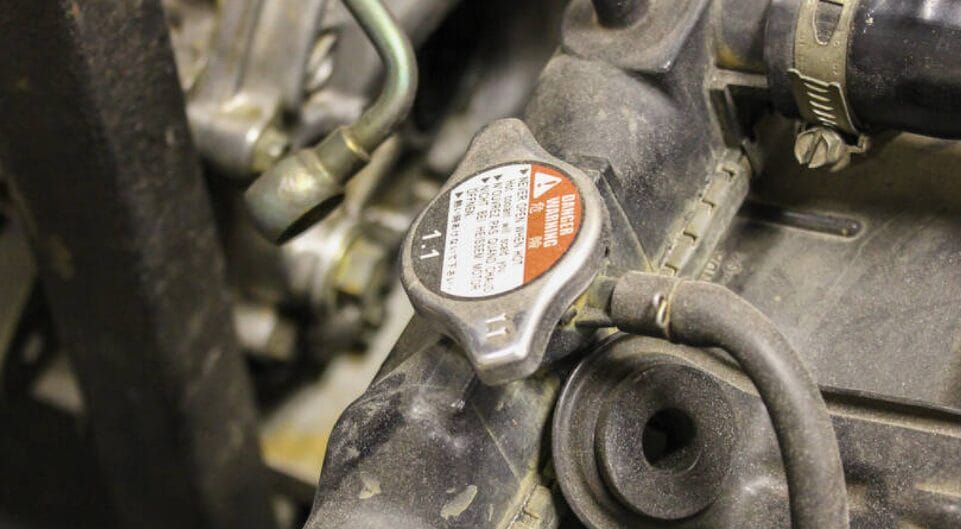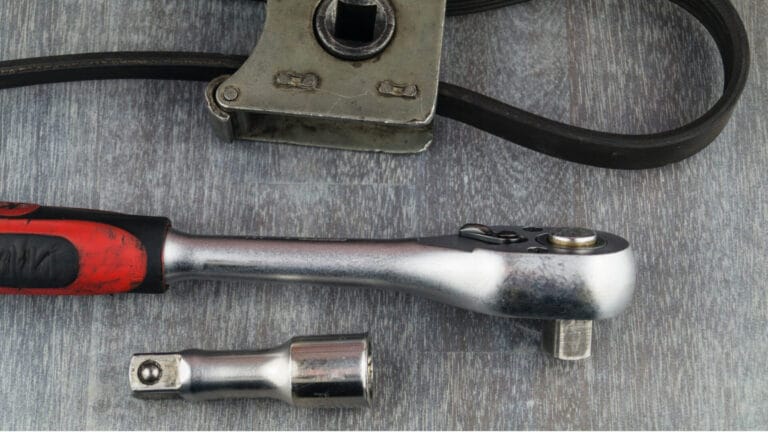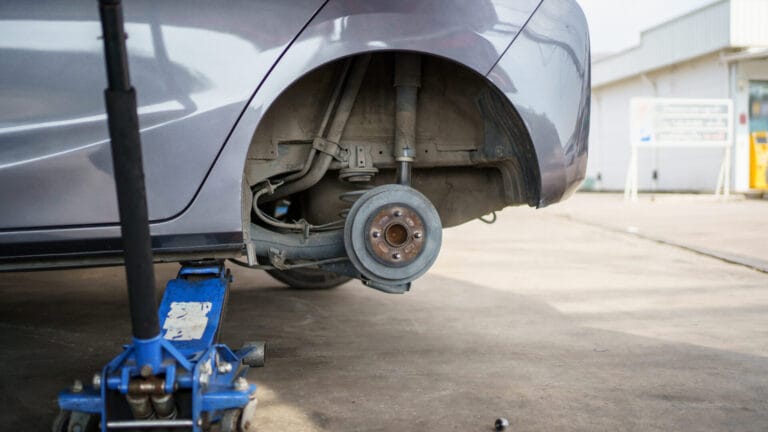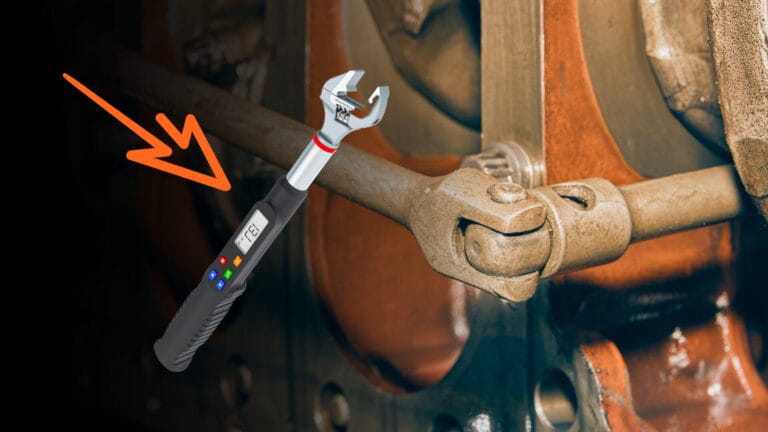16 vs 18 PSI Radiator Cap- Choosing the Right Radiator Cap!
Radiator cap, is the small, often overlooked device, that you think only stops the coolant from pouring out, but it does more than that! It is the guardian of your vehicle’s cooling system, maintaining the delicate balance needed for optimal engine performance.
If you’re a new car owner, the sheer variety of radiator caps can be overwhelming. Fear not! Today, we dive into the specific world of radiator caps, focusing on a question that might seem small but carries substantial implications: 16 PSI or 18 PSI? These seemingly arbitrary numbers are key to regulating pressure within your cooling system, affecting your engine’s well-being in ways you might not have considered.

By the end, you’ll be armed with knowledge and ready to make a well-informed decision about the heart of your vehicle’s cooling system. Let’s keep it cool and straightforward.
Understanding the Basics of Radiator Caps
The radiator cap acts as a seal, ensuring the cooling system remains pressurized and allowing coolant to circulate between the radiator and the reservoir. Moreover, the cap regulates the release of excess pressure, which impacts the coolant’s boiling point and maintains an ideal temperature within the engine.
A standard coolant mixture of 50% water and 50% ethylene glycol has a boiling point of 212 to 223 degrees without pressurization. But if you hit a traffic jam and the thermometer climbs to 240 degrees, without pressurization, the coolant would boil over, leading to a messy and potentially damaging situation.

What is PSI?
Now, let’s talk numbers—more specifically, PSI, the radiator cap’s way of flexing its muscles. Pressure ratings, measured in pounds per square inch, determine when the radiator cap will release pressure, allowing the system to remain pressurized within safe limits. This mechanism impacts the cooling system’s efficiency, affecting how effectively heat is dissipated from the engine. Understanding the PSI ratings is key to unlocking the secret behind the 16 vs 18 PSI dilemma.
Why Choosing the Correct PSI is Important?
Choosing the correct pressure rating for the radiator cap is essential, as it prevents the coolant from boiling over, ensures optimal cooling performance, and reduces the risk of engine overheating. Different pressure caps are designed to suit various vehicle cooling requirements, considering factors such as engine specifications, driving conditions, and climate. Every one psi increase in pressure increases water’s boiling point by three degrees.
Comparing 16 psi and 18 psi Radiator Caps
16 psi and 18 psi radiator caps are two common pressure ratings that most of us use. So, new car enthusiasts easily get confused about which to choose between 16 and 18 psi. Let’s compare the performance and characteristics of 16 psi and 18 psi radiator caps, exploring their advantages and factors influencing their selection.

1. Pressure Rating:
- 16 PSI Radiator Cap: 16 psi radiator caps are designed to release pressure once it reaches 16 pounds per square inch.
- 18 PSI Radiator Cap: On the other hand, the 18 psi cap operates at a slightly higher pressure threshold of 18 pounds per square inch.
2. Cooling Efficiency:
- 16 PSI Radiator Cap: With a lower pressure rating you can use a 16 psi radiator cap on specific vehicles such as older vehicles as they do not generate as much heat as high-performance engines or heavy-duty applications.
- 18 PSI Radiator Cap: Unlike 16 psi, 18 psi radiator caps are preferred for high-performance engines or higher cooling systems. This is because it provides extra pressure relief to applications that require high cooling capacity, such as those with performance modifications, turbocharging, or supercharging.
3. System Stress:
- 16 PSI Radiator Cap: Opting for the 16 psi cap minimizes the cooling system’s stress. It operates within a lower pressure range, reducing the strain on hoses, gaskets, and other components. This can contribute to overall system longevity.
- 18 PSI Radiator Cap: The 18 psi cap increases the pressure threshold, potentially offering greater protection against boiling in extreme situations. However, this higher pressure can place additional stress on cooling system components, which may require more frequent maintenance.
4. Compatibility and Application:
- 16 PSI Radiator Cap: Widely used in standard vehicle configurations, the 16 psi cap is suitable for most everyday driving scenarios. It provides reliable cooling performance without excessive strain on the system.
- 18 PSI Radiator Cap: Typically found in applications where higher heat generation or extreme conditions are anticipated, the 18 psi cap offers an extra layer of protection. It’s commonly used in performance vehicles or regions with exceptionally high ambient temperatures.
FAQ
Is a higher PSI radiator cap better?
Yes, a higher PSI radiator cap is better, as it can offer additional protection in extreme conditions against coolant boiling. But remember, it may increase stress on your cooling system components like hoses and gaskets. So, if it’s about everyday driving, a standard PSI cap is often sufficient, and if it fulfills your needs, I think it’s better to avoid the better option and go with the good one.
Ultimately, the choice depends on your vehicle’s needs and operating environment.
What is the best pressure rating for a radiator cap?
The best pressure rating for a radiator cap depends on your vehicle and its typical operating conditions. A standard 15 PSI (pounds per square inch) cap works well for most cars. It provides a good balance between cooling efficiency and system stress. However, if you own a high-performing modern car operating in extreme environments, a slightly higher PSI cap, such as 16 or 18 PSI, can better protect against coolant boiling than 15.
How much psi should a radiator cap hold?
A radiator cap typically holds pressure from 12 to 16 pounds per square inch (PSI). This pressure helps raise the boiling point of the coolant, preventing it from boiling under normal operating conditions. However, the exact PSI requirement depends on your vehicle’s make and model. It’s crucial to refer to your car’s specifications or consult with a mechanic to determine the appropriate PSI for your radiator cap.
Consider your vehicle’s specific requirements and consult with a mechanic if unsure
What happens if you use a lower PSI radiator cap?
Using a lower PSI radiator cap can cause inefficient cooling, coolant boiling at lower temperatures, leaks, increased wear on components, and poor engine performance. It’s crucial to use a radiator cap with the recommended PSI specified by the vehicle manufacturer to avoid these issues.
Closing Words
Choosing between a 16 psi and an 18 psi radiator cap ultimately depends on your vehicle’s specific needs and operating conditions. While both caps fundamentally regulate pressure within the cooling system, the slight variation in pressure rating can influence cooling efficiency and system stress. A 16 psi radiator cap balances effective cooling and component longevity for most standard driving situations. However, in specialized applications or environments where additional pressure relief is required, an 18 psi cap may be the preferred option. Consider your vehicle’s requirements and driving habits to select the radiator cap that best suits your needs.






